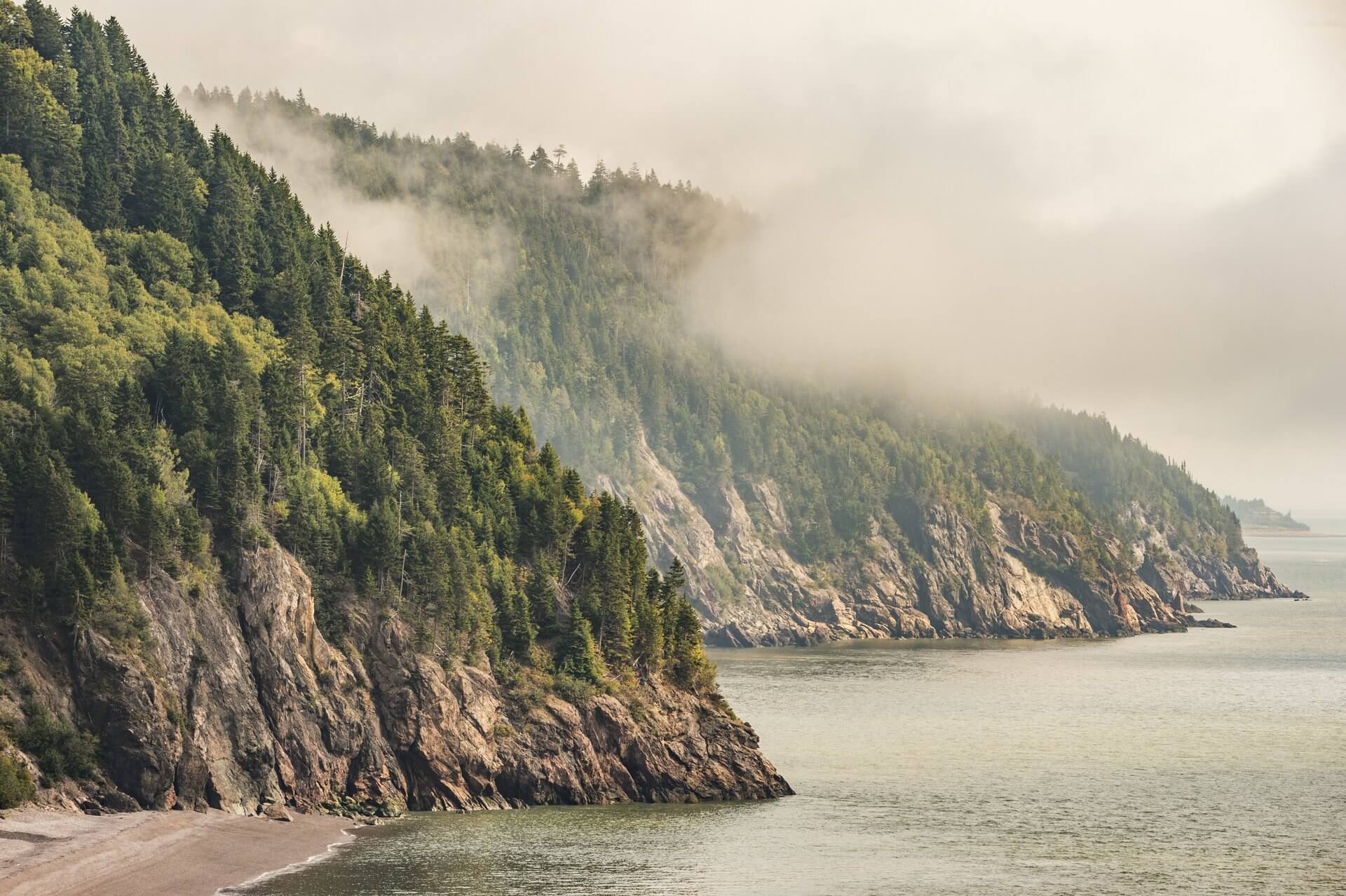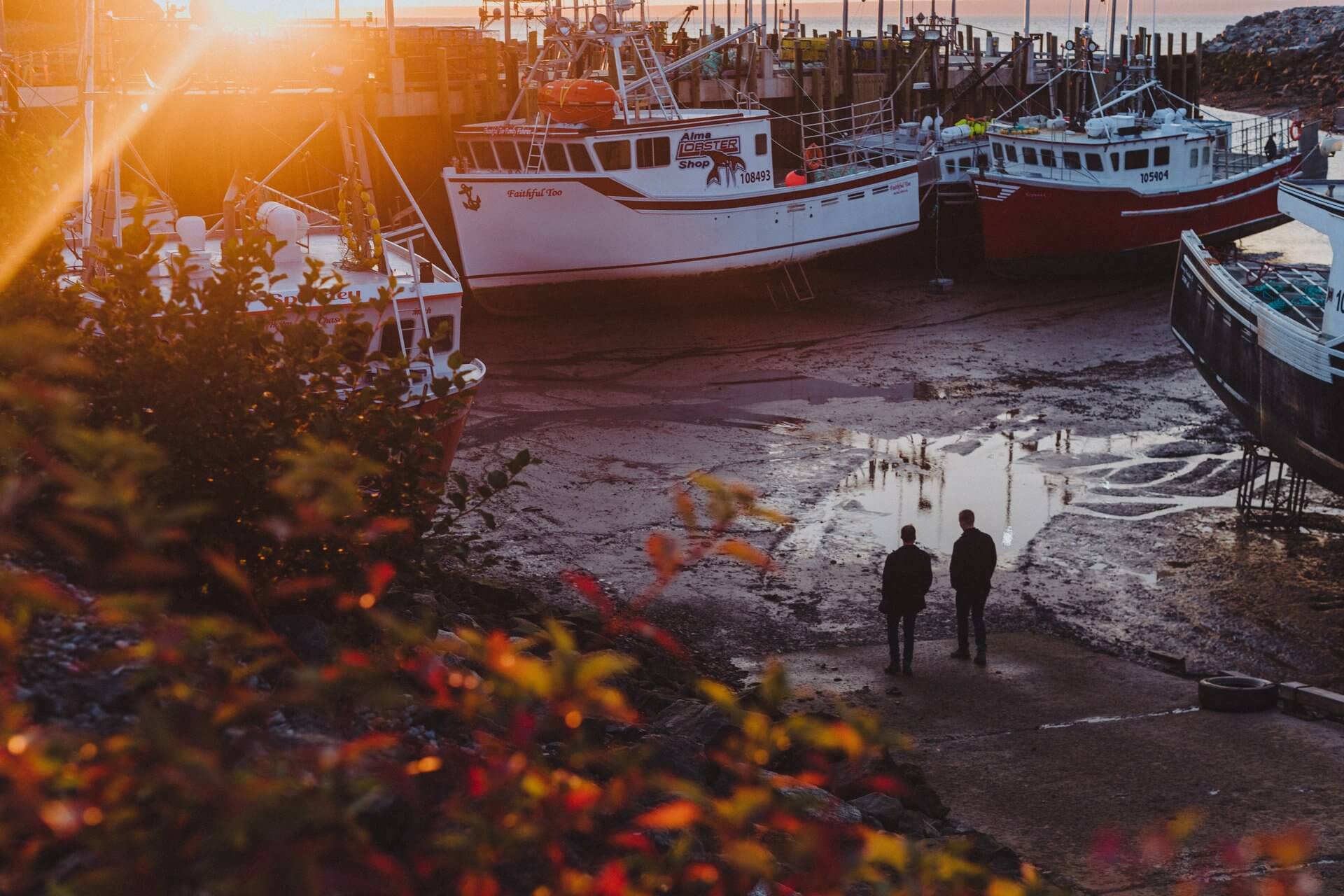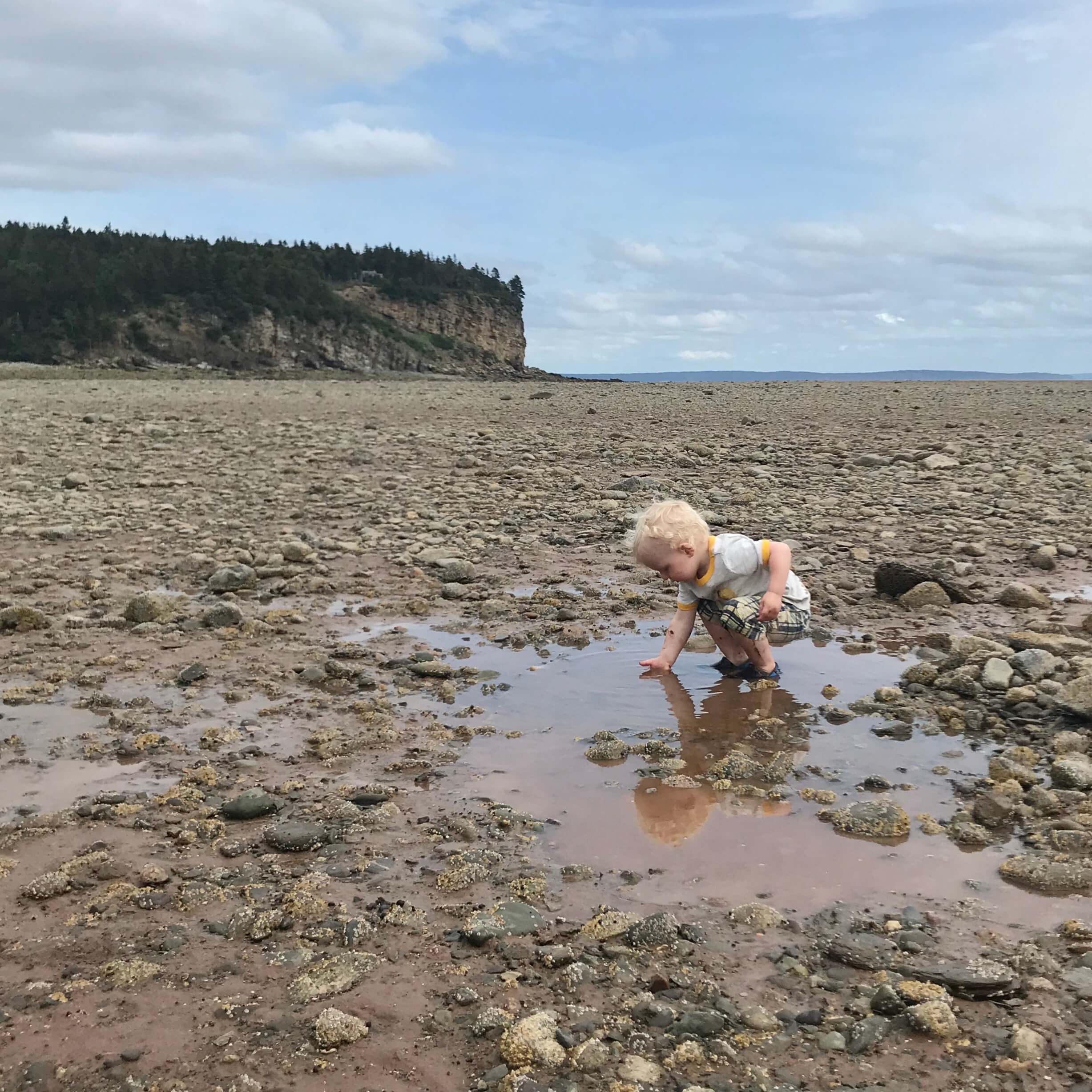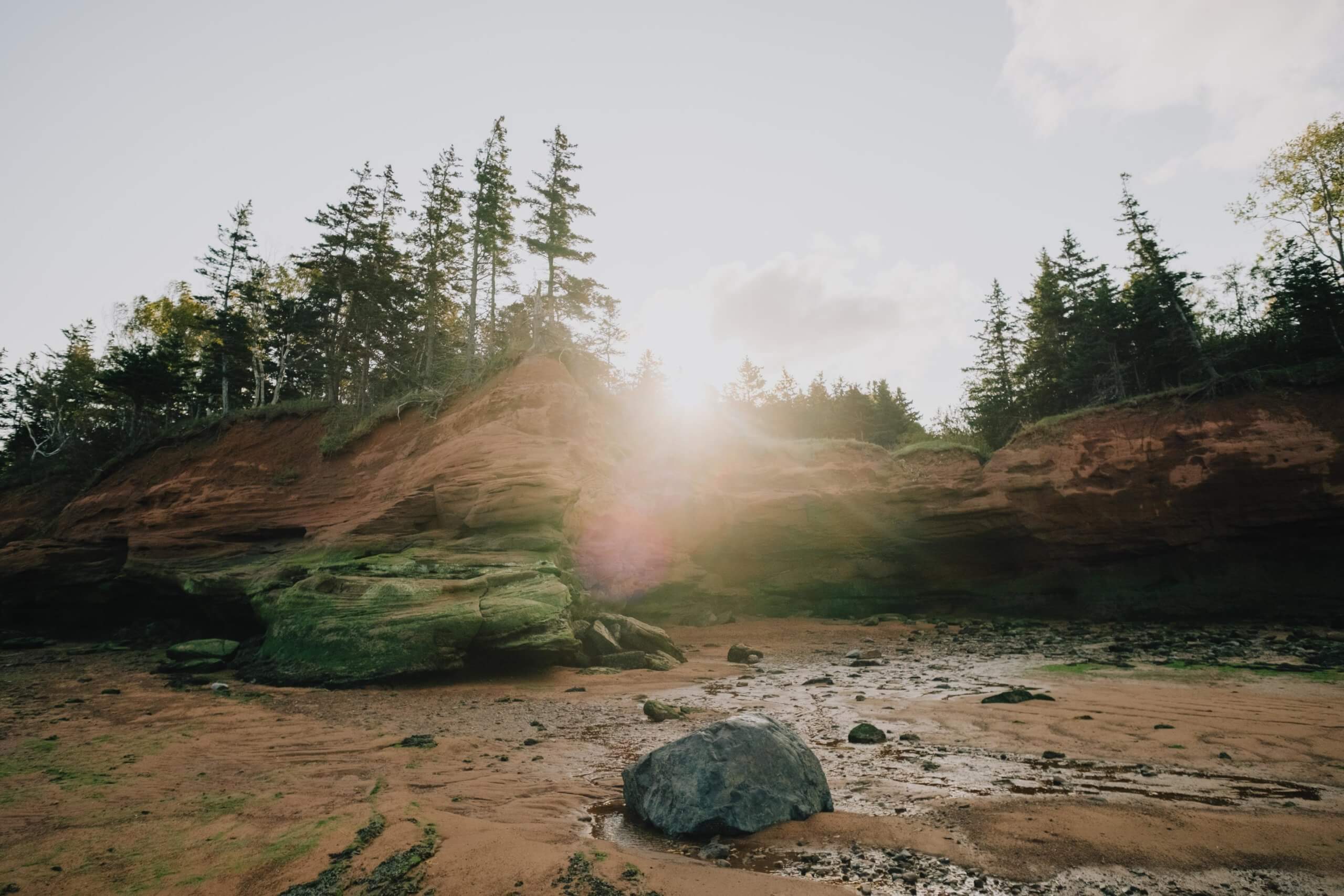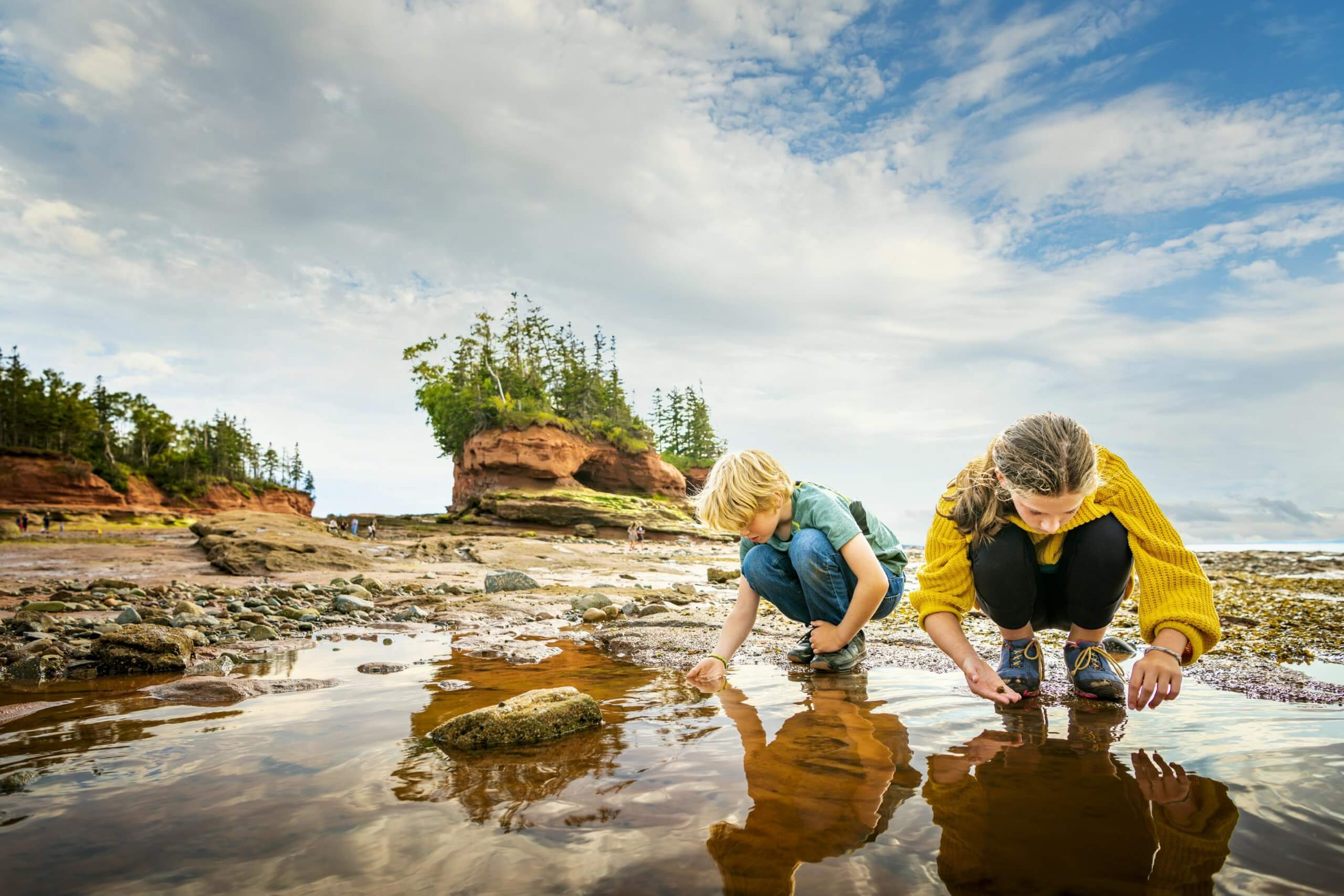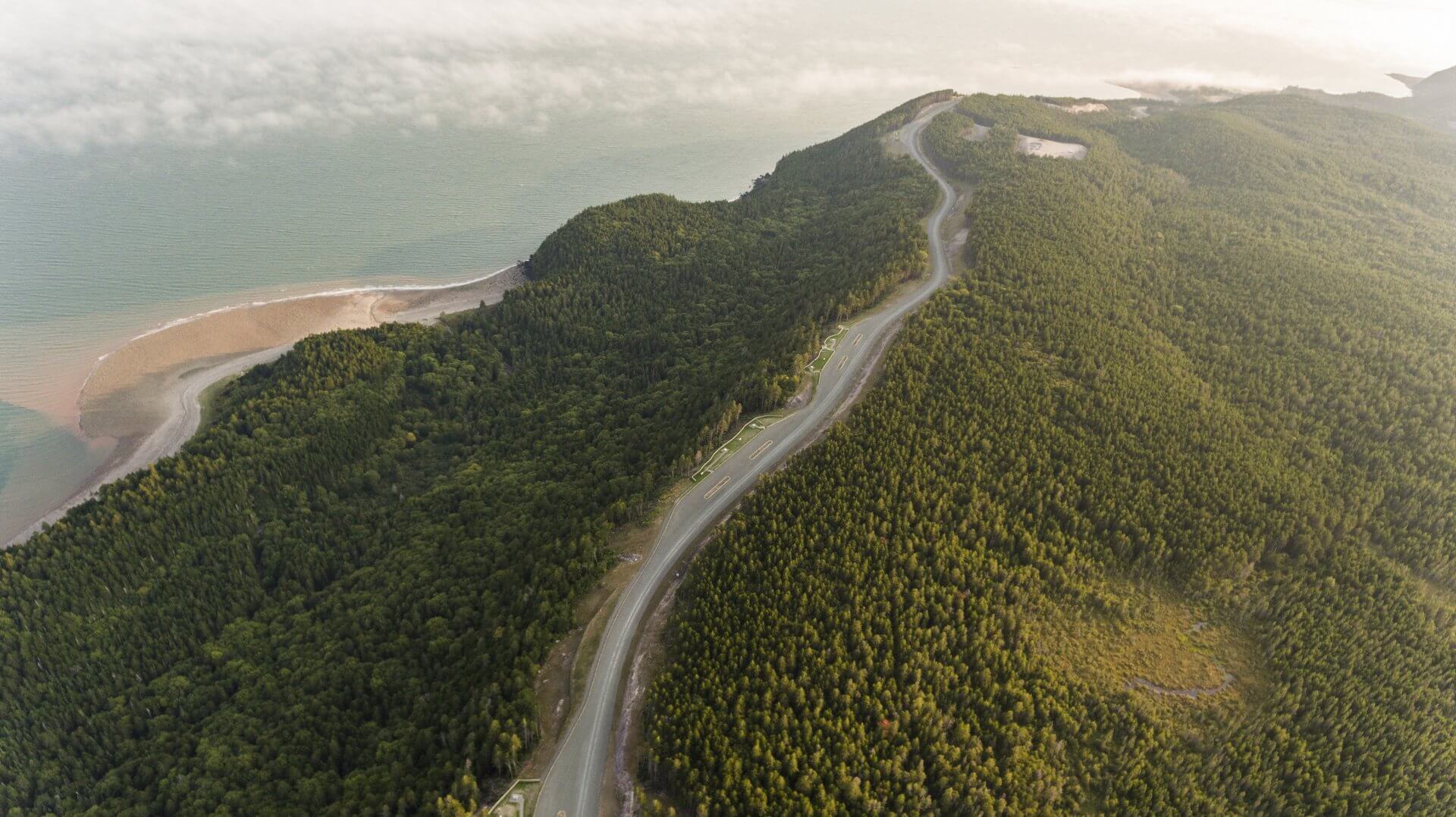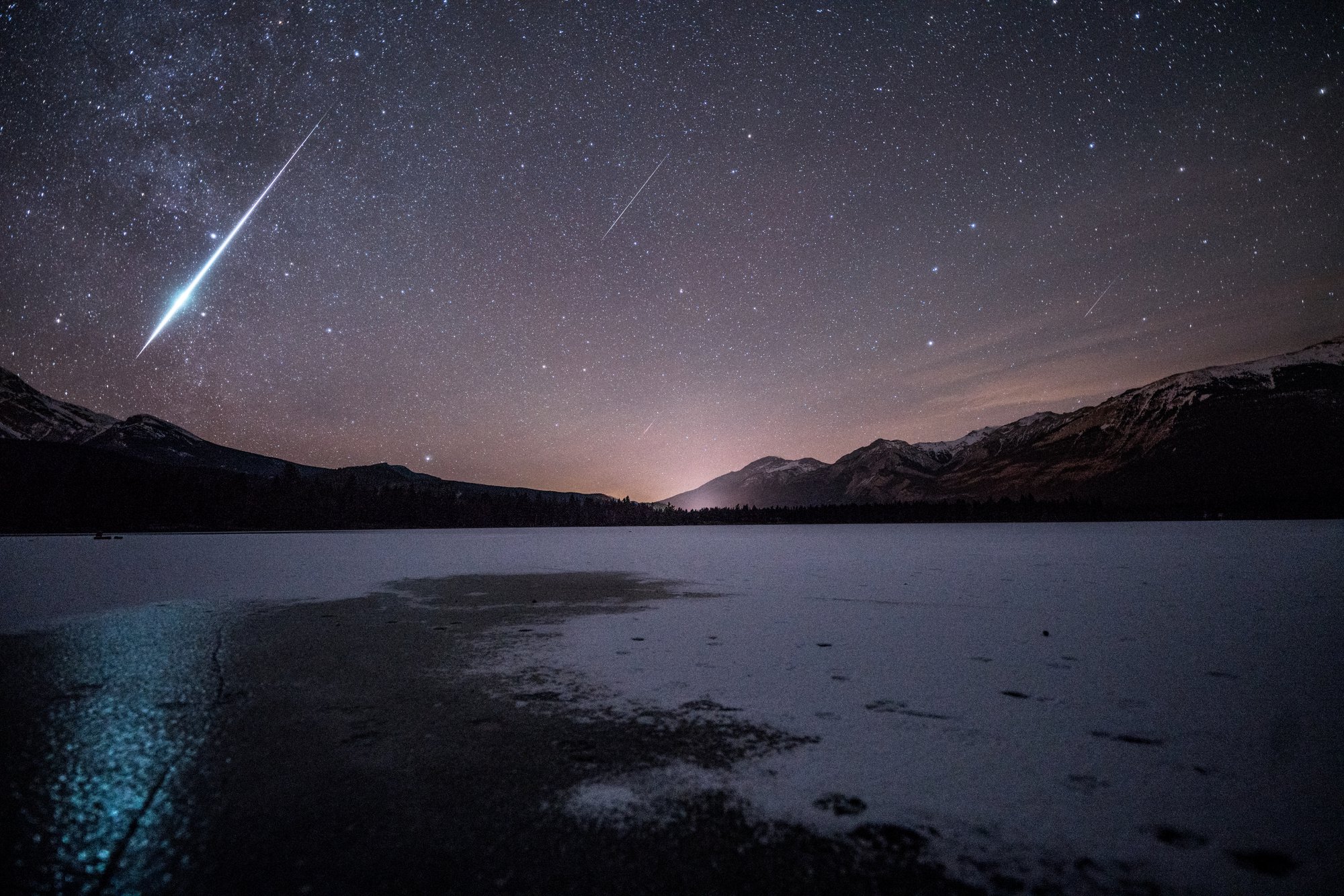Discovering Wonders in the Bay of Fundy
Standing at the beach in Alma, a small coastal fishing village in New Brunswick’s Bay of Fundy, it is hard to comprehend the huge complexity of the world’s highest tides.
We visit first at low tide and there is almost a kilometre of muddy tidal flats between us on shore and the soft waves of the Atlantic Ocean in the distance.
My children delight in the squishy sound their feet make as they walk along the muddy floor looking for sea creatures among the small pools of water left by the receding ocean. It is hard to believe that in less than six hours, this very spot will be covered by salty waters that will reach way over our heads.
At this stretch of the Bay of Fundy, the magic of the tides is gentle but palpable.
Where is the Bay of Fundy?
The Bay of Fundy is a large inlet of the Atlantic Ocean located between Nova Scotia and New Brunswick. Famous for its record-breaking tides — the highest in the world — the bay is one of the top natural attractions in North America and welcomes about one million visitors each year.
The 270-km inlet reaches like an arm out of the northeast side of the Gulf of Maine, beginning where the United States meets Canada. On the north shore of the bay is New Brunswick and on the south is Nova Scotia. The bay gradually narrows the further inland it gets and eventually forks into two bodies of water: Chignecto Bay and the Minas Basin.
Around the bay you’ll find — among others — the New Brunswick towns of St. Andrews and Saint John, as well as the island of Grand Manan, and the Nova Scotia towns of Westport, Digby and Truro.
Related: Read about the best coastal towns and villages to visit in New Brunswick
What’s so special about the tides at the Bay of Fundy?
While it may look calm when viewed from shore, the tide is a powerful force that pours 160 billion tons of water in and out of the Bay of Fundy in every 12.5 hour cycle.
On average, the tides rise 13 metres high (that’s more than 40 feet!) and have been recorded at 16 metre (52 feet) during spring tides. (Spring tides happen twice a month and have nothing to do with the season but instead follow the lunar cycle, occurring during an alignment of the sun and moon.)
Tides happen all over the world, of course, but they are particularly significant here for two important reasons. The first is the bay’s funnel-like shape and the second is resonance — a naturally occurring rocking motion that sloshes water back and forth from the head to the mouth of the bay. The cool thing about the Bay of Fundy’s resonance is that it takes roughly the same amount of time for this rocking motion to occur as it does for the tides to go in and out — thus one motion is strengthened by the other and gives rise (pun fully intended) to the highest tides in the world.
Geological Wonders at the Bay of Fundy
While the dramatic tides are the star of the show when it comes to visiting the Bay of Fundy, there are also wonders and delights to be found in the geological features of the area. Some of the world’s most fascinating and important geological discoveries have been made in the Bay of Fundy’s craggy coastline.
At the Fundy Geological Museum in Parrsboro, Nova Scotia you can explore the ancient world where dinosaurs roamed the earth through the fossils of the oldest known dinosaurs in Canada. At the Joggins Fossil Cliffs (a UNESCO World Heritage Site), you can see fossils of Earth’s earliest land creatures — discoveries that have shaped human understanding of the evolutionary process.
The caves, arches, sea stacks and cliffs are continually eroded by the powerful twice-daily flow of water and have revealed fossils of 300-million year old plants and animals. At low tide, you can walk along the ocean floor and make discoveries of your own — weather they be along the intertidal zone or in the cliffs revealed by the receding water.
Related: Read about all of Canada’s UNESCO World Heritage Sites here and here.
How to Experience the Tides in the Bay of Fundy
It would be impossible to visit the Bay of Fundy and not experience the tides. But what does that mean exactly? There are actually multiple ways to “see the tides” in this region.
See the Vertical Tide at the Bay of Fundy
When most people think about the tides in the Bay of Fundy, they picture the Hopewell Rocks — and for good reason. The beautiful formations at Hopewell Cape in New Brunswick are symbolic of the massive vertical tide that the Bay of Fundy experiences. Picture tall and thin vertical formations that are uncovered during low tide so people can walk among them and then surrounded by water (becoming little islands) during high tide.
Other areas to see the vertical tide are places like Alma or Digby where boats sit on the ocean floor and then rise up as the tide fills in.
See the Horizontal Tide Effect at the Bay of Fundy
And while the vertical tide is certainly impressive and a must-see when in the area, what we really loved seeing the most is the horizontal tide effect. You can walk along the beach splashing in the water at high tide and then have the water disappear for almost a kilometre at low tide. The area that is exposed in between tides is called the intertidal zone and exploring it is truly a delight. We spent hours just walking the ocean floor, following the receding water and seeing the amazing treasures it left in its wake. (Be prepared for mud that can stain your clothes and shoes.)
See Whirlpools, Tidal Rapids and the Famous Tidal Bore at the Bay of Fundy
Another cool way to see the power of the tides is to watch a tidal bore, which is when the incoming tide reverses the flow of water in a nearby river. In a matter of minutes, a peaceful river can become a whirlpool, with rapids that rise up 10 to 12 feet. You can watch it happen on almost any river that empties into the bay but some of the most popular places are in Moncton on the Petticodiac River, in Truro on the Salmon River and in South Maitland at the Fundy Tidal Interpretive Centre. The adventurous can also book a tidal bore rafting experience to get up close and personal with the incredible natural phenomenon.
When the powerful flow of the water meets resistance in the form of rocky headlands, it creates whirlpools and tidal rapids. The most popular one — known as the “Old Sow” off the coast of Deer Island in New Brunswick — is the second largest whirlpool in the world.
Note: One thing to be prepared for when visiting this region is the colour of the water, which is often chocolate brown due in part to the soft red sandstone and in part to the constant churning of the waters by the tides.

Olympic Gold Medal speed skater Yang Yang of China as she is introduced to tidal bore rafting on the Shubenacadie River. Photo by Wally Hayes c/o Tourism Nova Scotia
Other things to do in the Bay of Fundy
- Camp at Fundy National Park in Alma, New Brunswick. We loved our experience camping in this delightful national park. From the quick access to the Bay of Fundy shoreline to the saltwater pool and incredibly scenic hiking, Fundy National Park is a great spot to spend a few days.
- Drive the Fundy Trail Parkway. This 30-km coastal drive hugs the Bay of Fundy shoreline and offers multiple lookouts as well as access to Long Beach. You can drive this in an hour or spend the whole day stopping along the route for beautiful hikes to discover waterfalls, 600-million year old rock formations, a canyon and even a 60-metre suspension bridge.
- Go whale watching. The Bay of Fundy is a massive feeding ground for whales during the summer months. Typically whale watching season runs from June to October (with August being the peak time) so if you are visiting during this time, hop on a whale watching tour. The bay is home to 12 different whale species with the most common being the Humpback Whale, the Minke Whale and the Finback Whale. It is also possible to spot the North Atlantic Right Whale, the most endangered whale in the world. For more information on whale watching in Canada, read our Ultimate Guide to Whale Watching.
- Cross the Bay of Fundy by boat. Take the Fundy Rose (a Bay Ferry) from Saint John to Digby or vice-versa for unparalleled views of the bay and coastlines of both provinces.
- Reach out to us if you’d like to plan your Bay of Fundy vacation.

